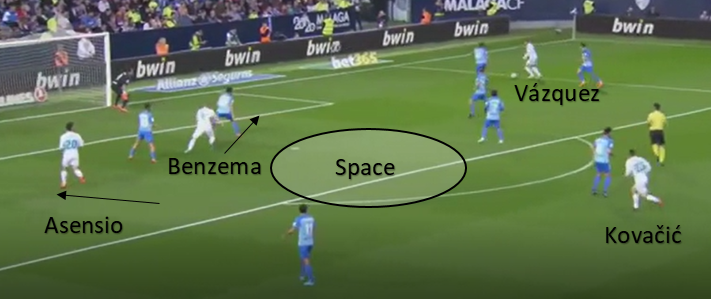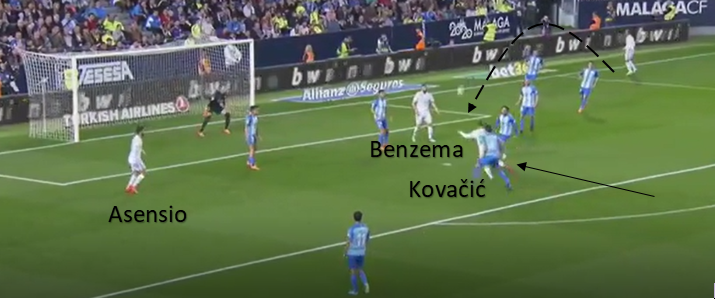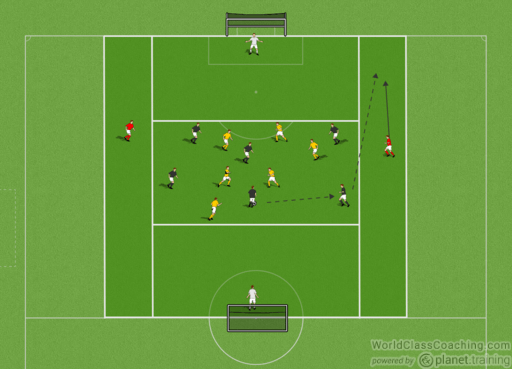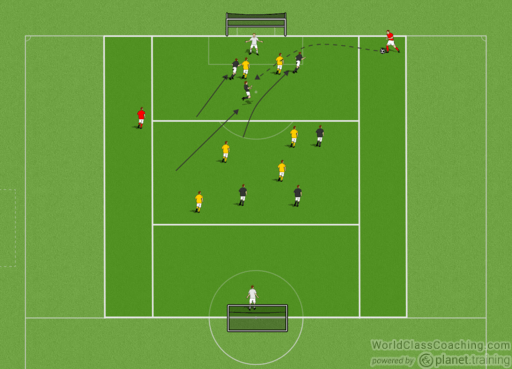By Philip Joe Cauchi
The ultimate aim in soccer is to win by scoring more goals than the opponent. To score we need to push players forward and create scoring opportunities. This is however easier said than done, as the opponents will make it very hard for us to create the space needed to have clear scoring chances. Insertion of midfielders into the attack from crosses or cut backs, help us create scoring chances when playing against teams that are disciplined and defend deep.
How can this situation be created during a match?
We need a winger or an overlapping full back who is able to recognize and receive the ball in space. This player must also have a good vision of which targets (teammates) are in the best positions to receive the cross or cut back to conclude at goal. The strikers inside the penalty area must perfectly time their runs, to the first and second post respectively, just as the player on the ball is about to deliver the cross. This movement should create the necessary space in the penalty area for the midfielder to attack. The midfielder should time his/her run so to arrive at the same time as the ball. If the midfielder arrives on the ball before the cross is played, the opponents will anticipate the move and close this space down.
Location on field: Attacking third.
Team complexity level: Inter-sector: Midfield and attack.
Team tactical requirement (macro principle of play): Stretch the opponents to create space in central areas.
Inter-sector tactical requirements (sub-principles of play):
Width and depth created by the forwards/strikers and midfielders.
Support and cover in midfield offered by the midfield unit.
Individual tactical and technical requirements (Sub-sub-principles of play):
Stance to receive and deliver the cross quickly.
Stance of the two strikers to attack the first and second post zones.
Timing of runs of the two strikers and the midfielder.
Game Situation taken from La Liga match between Malaga and Real Madrid dated the 15th of April 2018.

Figure 1: Vázquez receives the ball on the right flank. Benzema aims to anticipate his direct opponent on the first post, while Asensio attacks the second post. Kovačić is focused on both the ball and the space vacated centrally inside the penalty area. He attacks the space from his direct opponent’s blind side thus be able to anticipate him.

Figure 2: Timing his run to perfection, Kovačić attacks the ball from the cross of Vázquez.
Training Exercise
Insertion of midfielder into the attack from crosses
Setup: Area is 55 yards by 50 yards divided into three horizontal zones. The middle zone measures 25 yards x 40 yards while each end zone measures 20m x 40m. We have two teams of six players each in the middle zone, a goalkeeper in each goal and a neutral player on each flank zone. The flank zones measure 55 yards by 5 yards.
Execution: Play takes place inside the middle zone and a goal may be scored by passing to the flank player who will then cross the ball inside the penalty area. Two defenders and three attackers move in to defend/attack the cross (figures 3 and 4).
Progressions:
1. A defender may attack the flank player to prevent him/her from delivering the cross.
2. Three defenders play against three attackers inside the penalty area to defend or attack the cross.
3. A through pass may be played into the penalty area instead of passing to the flank player. A situation of 3v2 or 3v3 will then follow.
4. Play 8v8 without neutral players. The attacking team must have a player in each flank zone to stretch the defending team’s defence. Less space and time makes it more challenging for the players to play the ball behind the defence.

Figure 3: A 6v6 confrontation is played inside the middle zone until the opportunity to play to the flank player arises.

Figure 4: A 3v2 situation in attack to finish from a cross takes place.
Philip Joe Cauchi works as performance coach in Malta. He holds a UEFA A and a UEFA A Youth Elite coaching licences as well as a B.ed (Hons) in Education with Physical Education and is also a qualified football conditioning coach.


